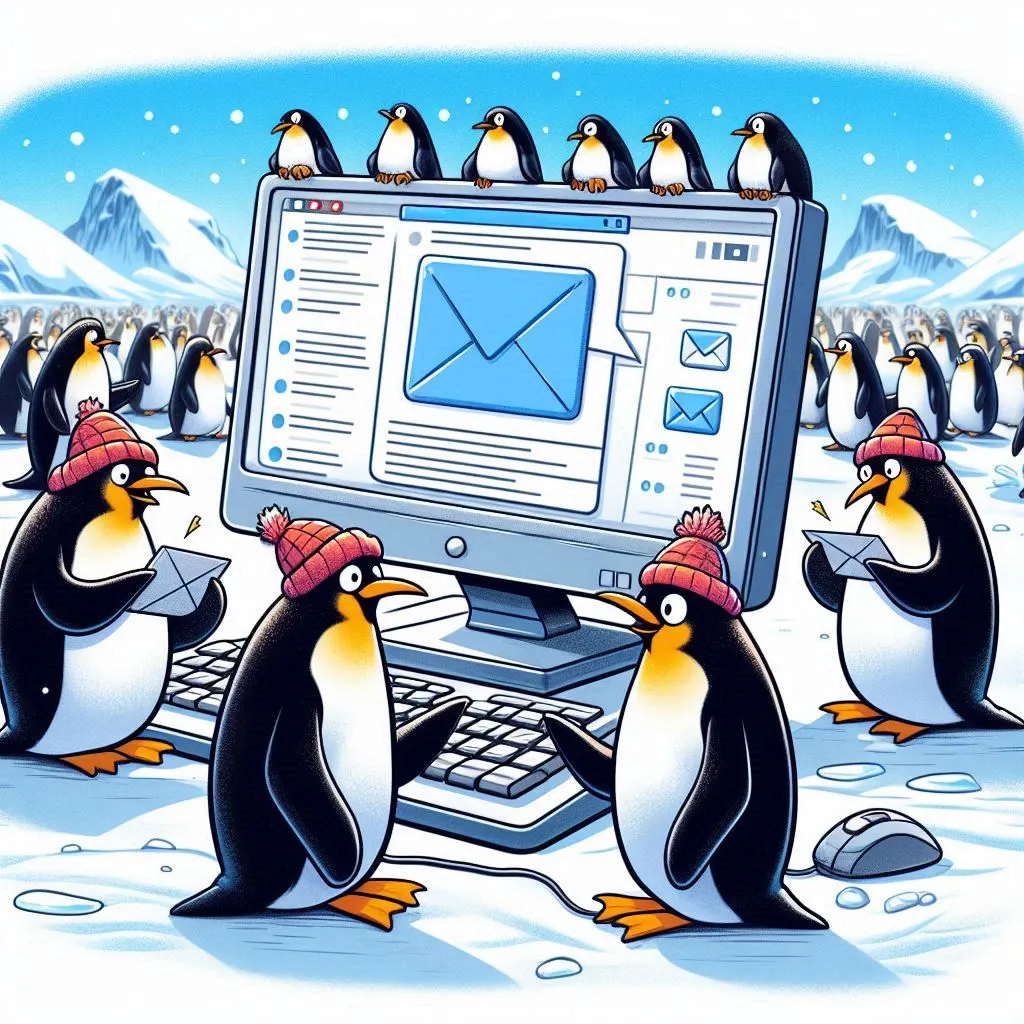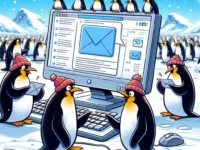How to Write Cold Emails – A Bigner Guide

You want to connect with new people but don’t know how? Sending a cold email is a highly successful way to reach out to people. It’s possible that you have heard of it already. It can help you get a job, sell a product, or connect with more people.
When you send a great cold email, it can become an opportunity. For example, it can help you find new clients and get leads. This method works well for businesses of any size. Because it is easy to use and does not require money to invest. In this article, we will tell you how to write cold emails that get more people’s attention.
What is a Cold Email?
You send a cold email to someone you don’t know. Cold emails are meant to start a new friendship, not to get in touch with someone you already know.
A cold email’s purpose is to get someone’s attention, offer something of value, and request an answer. Someone you want to hire, a business partner, or a possible client should get a personal, clear, and relevant cold email.
Cold Emails Example:
The software company you run sells strong data analysis tools to organizations. Your program could assist many companies, but you have limited promotion resources. So, what do you do? To reach prospects, how?
We use “cold email” for that.
It helps attract new customers and close deals. Lots of people confuse cold emailing with email marketing. Both are effective, but their methods and results are different.
Read More: Long Tail Keywords – How To Find and Use Them For SEO
How to Write Cold Emails?
This step-by-step guide will be helpful for you in writing cold emails:
1. Define Your Objective in Cold Emails
Before you start writing, be clear about your goal. Are you seeking to establish a new connection, pitch a product, or request a meeting? Having a clear objective helps you stay focused, and your email is concise and relevant.
2. Research On Your Person
Personalizing or cold emails can make a difference. The result of these is between getting an answer or being thrown away. If you want cold email to be successful, personalization is essential. You should spend some time getting to know the person you are going to be contacting. You must examine their LinkedIn page and company website. When you have more information, you will be able to tailor your message to connect with the audience. Make your opinion public and not too personal, but show you acknowledge their work.
3. Craft an Engaging Subject Line
You create a good subject line because it’s the first thing the person reads from your email. It should be clear and get to the point. Your reader should be interested in opening the email after reading the subject line. This line should tell them what it is about. If you use the recipient’s name in the subject line, it must be beneficial. Your subject line is no more than ten words (25-30 characters) long. If the receiver opens it on mobile devices, so you must optimize your subject line for small screens.
4. Open With a Personal Connection
You can start your email by talking about something that only the receiver will know. This could be a mutual connection, a recent content they wrote, or a shared interest. For instance, “I liked your most recent blog post about [Topic]…” This way of talking shows that you have done your homework and are truly interested in engaging with them.
5. Introduce Yourself Concisely
After a personal connection, you introduce yourself. You can explain who you are. Also, you can write why you are reaching out in just a sentence or two. After giving a short intro, you must focus on the person and how you can help them.
Example: “My name is [Your Name], and I work at [This Company].” My area of expertise is [Your Expertise], and our most recently developed knowledge could be helpful to you.
6. State Your Purpose Clearly when writing Cold Emails
You tell in a clear way why you’re emailing. Ask for a meeting if you want to set up. If you have an answer, tell them how it will help them. It should be clear what you want and be easy for people to answer.
Example: “I’d love to set up a 15-minute call to talk about how our software could help your team work more efficiently.”
7. Keep It Short and Focused
You write short emails, which are best for cold emails. Your message in cold email should be less than 150 words. Professionals who are busy are more likely to read and answer short emails that will be to the point. You will stay away from details or words that aren’t needed and could confuse or bore the reader.
8. Offer Value
In your email, you can include something useful. There could be a free resource, an interesting fact, or a good idea here. You can add something of value to your email, which makes it more likely that someone will respond positively.
Example: “Here is a case study that shows how we helped a business like yours become 30% more efficient.”
9. Include a Clear Call to Action
At the end of your email, you must write a clear call to action (CTA). You can ask a question, or it could be a request to meet or an invite to join on LinkedIn. Help the other person do what they need to do.
“Could we schedule a quick call next week to discuss this more?” I’m free in the morning on Monday or Thursday.
10. Sign Off Professionally
You will sign off on your email in a professional and polite way and can say”Thank you,” “Best regards,” or “Well-wishers.” You can list your full name and job title. It is the best way for people to get in touch with you.
11. Follow Up
if you have not responded, check back in a week. In your follow-up email, be short and polite, and don’t forget to link to the first email. It is possible that emails are lost or forgotten, so a friendly reminder can help.
For example: “Just following up on my last email.” I still want to talk about how we can help your team.
Not Make Common Mistakes
- If readers find spelling and grammar mistakes, it can make you look like you’re not serious. You can always check for mistakes before sending them.
- Do not send too many emails in a short time. Because it is not good to enter another person’s time or place.
- Be brief in your email. It’s easy for the reader to get much information.
Conclusion
It takes skill and science to write persuasive cold emails. You can get a lot more positive responses if you know your audience, are clear about your purpose, and give something of value. Don’t forget to follow up if you need to, and keep your texts short, personal, and professional. After following these tips, you should be able to send cold emails like a pro.
Frequently Ask Questions
What’s the best length for a Cold Email?
A cold text should be between 50 and 125 words at most. That’s between 5 to 15 lines of text in an email for outreach.
Can I send cold emails to Gmail?
Yes, you should send cold emails from Gmail (Google Workspace). You can trust Gmail the most because it is the biggest email service company in the world.





